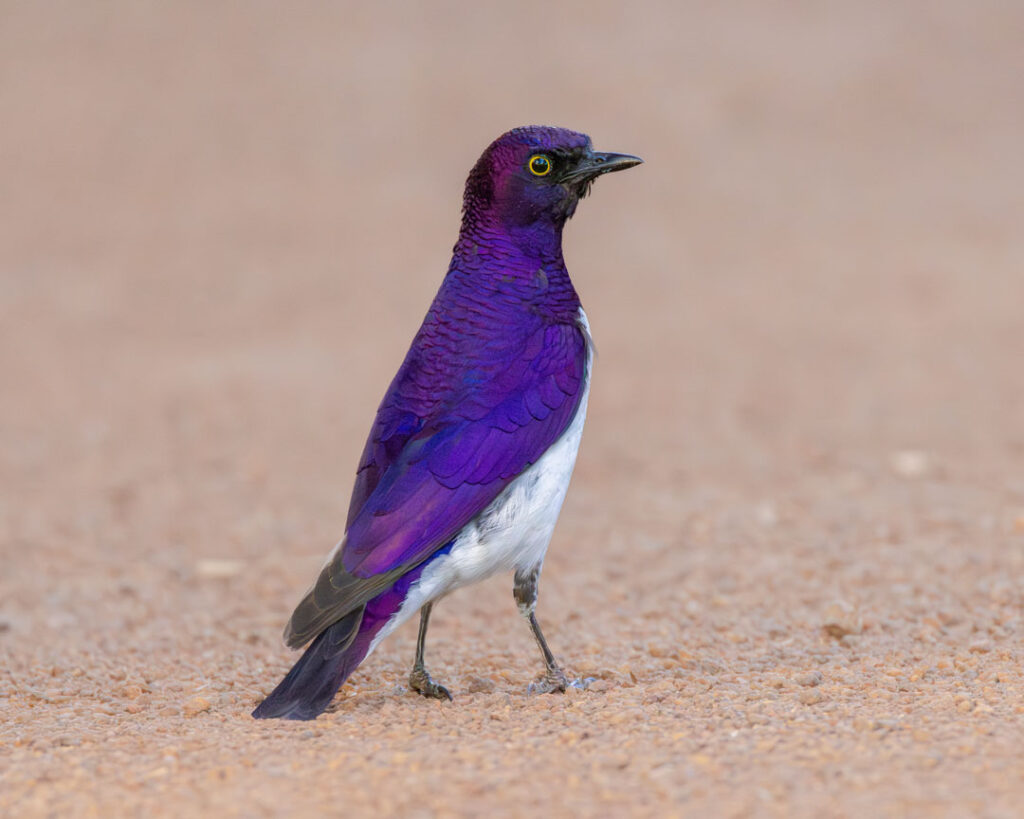By Rebecca Ikachoi
Imagine waking up one morning to find your cattle killed by a lion, leopard or hyena, or worse, sustaining serious injuries while trying to protect your livestock from a predator attack. This is an everyday reality for the communities living in the Maasai Mara landscape. The frequency of these grievous occurrences begs the question: do human-wildlife conflicts (HWC) happen due to the community’s inability to coexist peacefully with wildlife, or are the majestic carnivores partly to blame? More importantly, can we ever solve these conflicts or are our competing interests and needs too big for this challenge?
Traditional approaches to managing HWC, such as financial compensation, use of physical barriers, and translocation interventions, among others, have proven ineffective due to their focus on wildlife conservation while neglecting community needs. As a result, Nature Kenya is promoting alternative HWC management approaches that promote community participation and engagement in wildlife conservation, aimed at fostering coexistence between people, livestock and wildlife.
In the Maasai Mara landscape, Nature Kenya, with support from the Darwin Initiative, is implementing a number of community-led initiatives, for instance, the livelihood improvement program. Local communities in Mara are highly dependent on livestock rearing. The high wildlife density makes them vulnerable to HWC, leading to significant loss of livelihoods. This informed the need to diversify livelihood options to minimize over-reliance on livestock rearing. The aim is to improve community livelihoods by encouraging safer onfield herding practices, improved household livestock protection and promoting sustainable nature-based enterprises like beekeeping.
Nature Kenya also holds community-led discussion forums (barazas) at the village level to explore and agree on feasible solutions to managing HWC at the grassroot level. For instance, working with the communities, a guide on the best herding practices was developed. The guide is now being promoted across the landscape to reduce livestock predation incidents at the grazing fields.
The engagement of community volunteers is also pertinent to our conservation work as it enhances ecological awareness and knowledge, increasing understanding and support for conservation efforts. Community volunteers are involved in monitoring species, reporting poisoning incidents, helping with awareness-raising campaigns and recording vulture sightings, with data reported on a monthly basis. This data is essential as it guides conservation interventions within the landscape.
To better understand the needs of the communities and their perceptions of wildlife conservation, Nature Kenya recently conducted focus group discussions within selected villages across the landscape. We conducted this exercise to gauge community attitudes towards wildlife conservation, track changes in community attitudes towards wildlife poisoning and measure the adoption of previously proposed HWC mitigation interventions. The discussions, which involved men, women and youth, provide refreshingly positive feedback that engaging communities in wildlife conservation, and providing opportunities for participation in wildlife conservation through programs such as the community volunteer network, fosters a sense of ownership and responsibility towards the wildlife.
Community-centred conservation interventions are essential in promoting wildlife conservation and fostering coexistence between people and wildlife, as communities get the opportunity to share their perspectives on HWC management and propose solutions to the everyday challenges they face.

